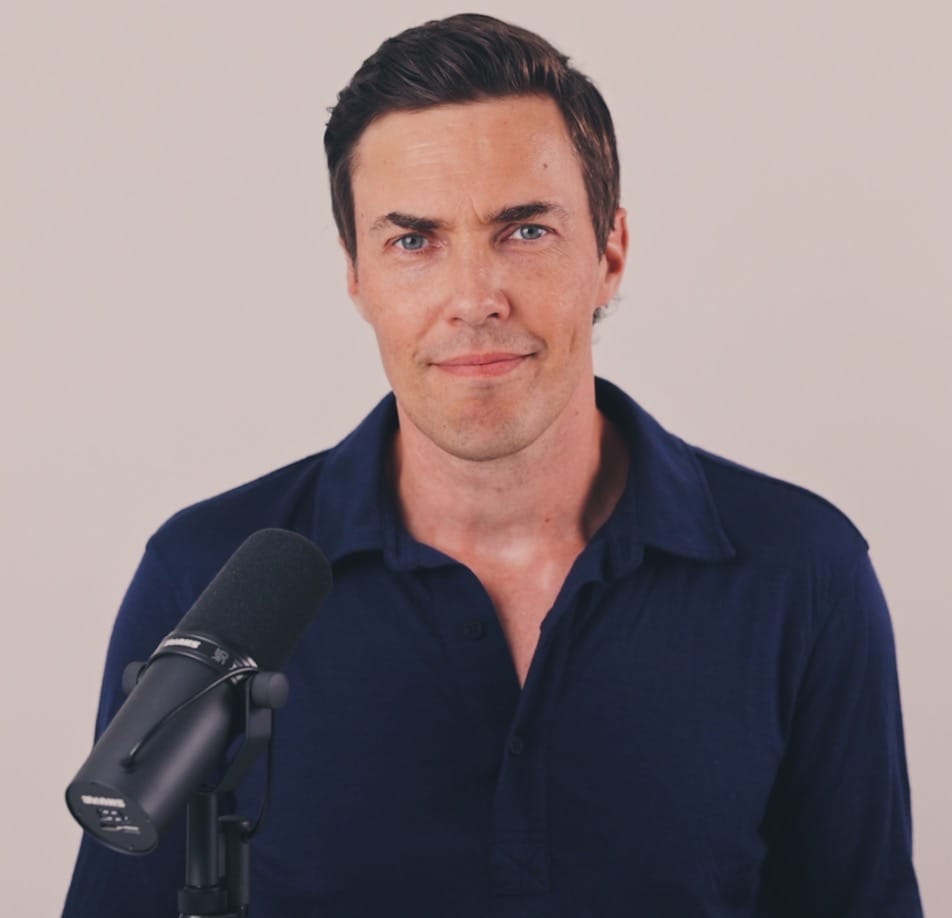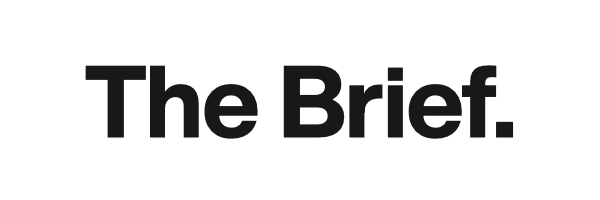Sora 2: The AI Video Revolution and What It Means for Designers, Marketers, and the Industry





OpenAI’s Sora 2 just changed the creative landscape — again. The new model turns text prompts into cinematic, physically realistic video with synced sound, dynamic motion, and scene continuity that makes traditional production pipelines look slow and expensive. What once took crews, cameras, and budgets now takes prompts, taste, and timing.
Sora 2 isn’t a gimmick — it’s industrial-grade. Brands are already using it to visualize campaigns, design product videos, and prototype creative in hours instead of weeks. For the marketing services industry, this is not “cool tech.” It’s a tectonic shift in how creative gets made, sold, and valued.
⸻
For agencies, design studios, and marketers, Sora 2 lands like a meteor. It vaporizes entry-level production tasks — storyboarding, animatics, rough cuts — and compresses workflows that used to require a village. The economic model that relied on armies of juniors and freelancers doing repetitive work? Gone.
At the same time, smaller teams can now create at a scale that once belonged only to Hollywood-level budgets. The barriers are dropping. Creative speed is multiplying. The balance of power between “big” and “boutique” is about to flip.
⸻
Sora 2 doesn’t replace creativity — it replaces process. The new creative advantage isn’t manpower, it’s judgment. The winners will be those who can orchestrate ideas, prompts, and post-production with taste and intent. The losers will be those who confuse access with ability.
This is the mid-market extinction event for visual production. The “cheap” middle layer — content farms, execution-heavy studios, basic motion shops — will be squeezed from both ends. Strategy and taste move up in value. Raw production moves down to automation.
⸻
We’re moving from production-led creativity to orchestration-led creativity. The tools no longer reward effort; they reward clarity. You’ll need fewer people, but sharper minds — thinkers who can translate business objectives into creative direction and prompt logic.
It also changes how brands buy creative. Why hire an agency to make something, when you can hire one to guide what the AI makes? Strategy becomes the product. Execution becomes the byproduct.
⸻
Sora 2 is a wrecking ball — but also a ladder. For scale-ups and challenger brands, it’s a massive equalizer:
For agencies and consultancies, the opportunity is to productize this. “AI-assisted video sprints.” “Rapid campaign prototyping.” “Sora studios.” Sell speed, not pixels.
⸻
⸻
Bottom Line:
Sora 2 doesn’t just make video faster — it changes what it means to be creative. The winners in the next wave won’t be the biggest agencies. They’ll be the ones who combine human taste, strategic judgment, and AI speed into something the machines can’t replicate: meaning.
⸻
Sources:
Reuters · The Guardian · Business Insider · OpenAI Blog